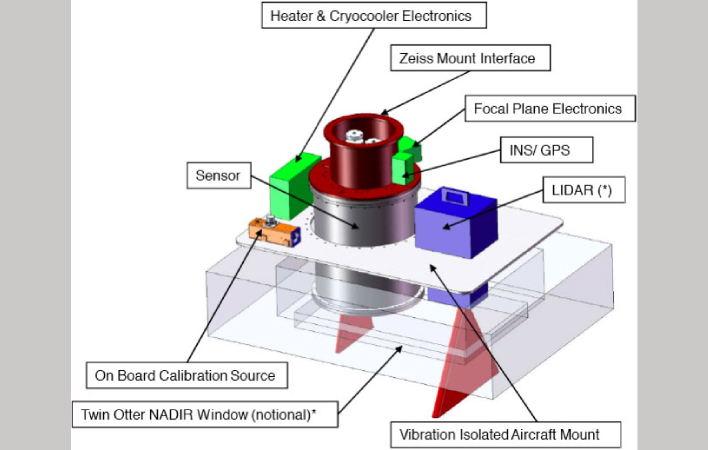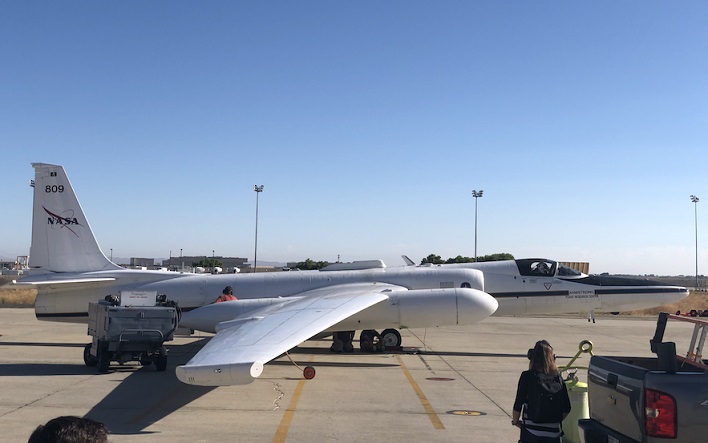Grapes Of Wrath: NASA Uncovers A Wine Grapevine Disease Using High-Tech Imaging
Viral disease GLRaV-3, short for grapevine leafroll-associated virus complex 3, generally spreads through insects, reducing the amount of fruit annually and costing the U.S. wine and grape industry around $3 billion in damage and losses each year. Up until now, the disease has been identified through laborious vine-by-vine inspections and incredibly expensive molecular testing. Now, however, studies are indicating that a combination of ground and air techniques could aid in earlier detection of the disease.

"Like humans, sick plants may not exhibit outward symptoms right away, making early detection the greatest challenge facing growers," remarked Dr. Gold. The team was curious if AVIRIS-NG could help detect GLRaV-3 on the cellular level as the disease changes how sunlight interacts with plant tissue.
AVIRIS-NG, which is mounted in a research plane, observed about 11,000 acres of vineyards in Lodi, California. The research team took those observations and fed them into computer models they developed and trained to identify the infection, according to a JPL press release. In order to verify the findings from the air, another ground-based group scoured more than 300 acres of the same vineyards attempting to identify visible viral symptoms while collecting samples for molecular testing.

"What we did with this study targets one area of California for one disease," explained co-author Ryan Pavlick, a research technologist at JPL. "The ultimate vision that we have is being able to do this across the planet for many crop diseases and for growers all over the world."

